Move aside kale—there’s a new leafy superstar sprouting in American kitchens and gardens: Chinese broccoli. Known in Chinese as “gai lan” or “kai lan”, this vibrant green vegetable is beloved across Asia for its bold, earthy flavor, tender stalks, and crisp leaves. And now, it’s becoming one of the most popular Asian greens in the United States, thanks to the rise of fusion cuisine, plant-based eating, and the home gardening boom.
With its delicious taste, quick cooking time, and impressive nutritional profile, Chinese broccoli is a must-try vegetable for anyone looking to diversify their meals or grow nutrient-rich greens at home. In this detailed guide, we’ll explore its origins, health benefits, growing tips, and irresistible ways to cook it—American-style.
1. What Is Chinese Broccoli?
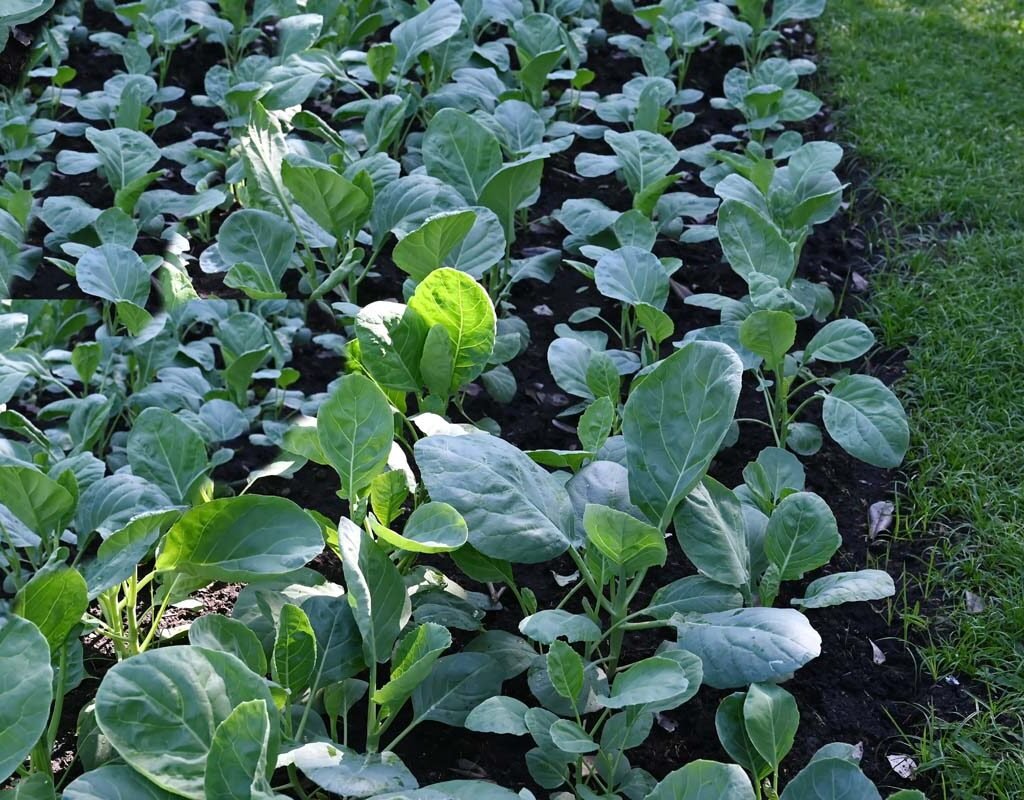
Chinese broccoli (Brassica oleracea var. alboglabra) is a leafy green vegetable closely related to kale and regular broccoli, but with longer stalks, broad leaves, and smaller flower heads. It’s a member of the cabbage family (Brassicaceae) and thrives in cool to mild climates.
In Chinese cuisine, gai lan is a staple vegetable—often steamed or stir-fried with oyster sauce. Its mildly bitter and slightly sweet flavor has made it a favorite ingredient in Asian dishes, and now it’s becoming a go-to green for American chefs, gardeners, and health enthusiasts.
Chinese broccoli’s appeal lies in its versatility—you can enjoy it raw, sautéed, blanched, or grilled, and it pairs beautifully with meats, noodles, rice, or even pasta. As Americans seek more nutrient-dense, flavorful vegetables, this Asian classic is finding a permanent place in supermarkets, restaurants, and home gardens.
2. Why Chinese Broccoli Is a Nutritional Powerhouse
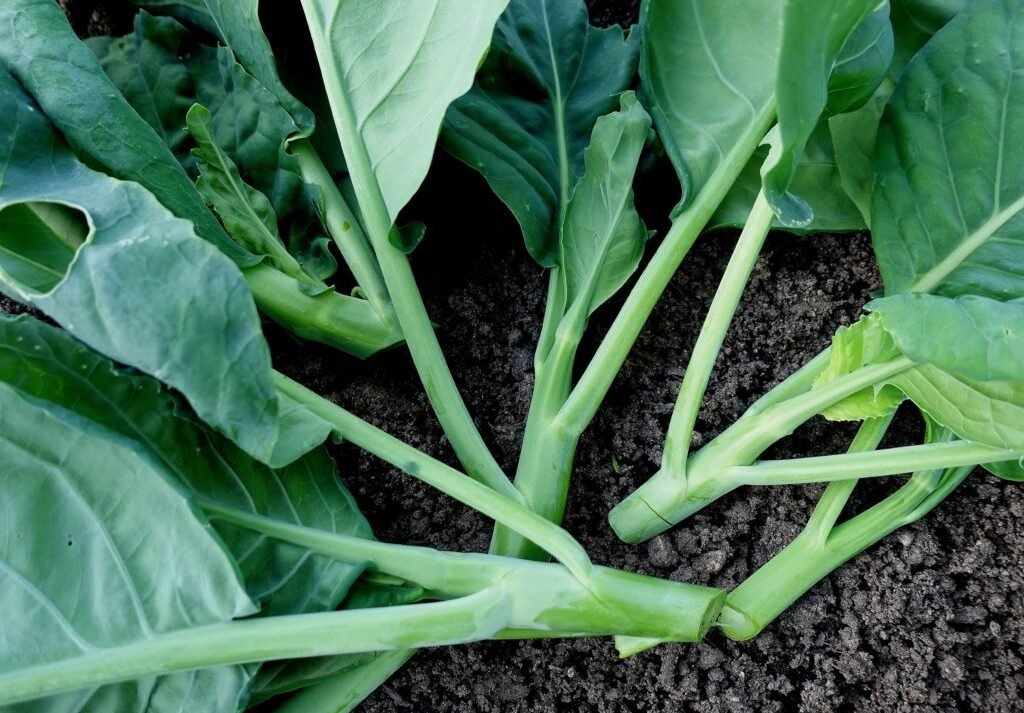
When it comes to nutrition, Chinese broccoli delivers big benefits in every bite. It’s low in calories but bursting with vitamins, minerals, and antioxidants.
a. Packed with Essential Vitamins and Minerals
Chinese broccoli is rich in:
- Vitamin A: Supports vision, skin, and immune health
- Vitamin C: Strengthens immunity and promotes collagen production
- Vitamin K: Aids bone health and blood clotting
- Calcium and Iron: Essential for bone strength and energy production
- Folate and Fiber: Support heart health and digestion
b. High in Antioxidants
Like other cruciferous vegetables, Chinese broccoli contains sulforaphane and glucosinolates, which have antioxidant and anti-inflammatory properties that may help protect cells and reduce the risk of chronic diseases.
c. Low in Calories, Big in Fiber
A cup of cooked Chinese broccoli contains just 30–35 calories, yet provides a hearty dose of fiber, helping you stay full longer and maintain a healthy digestive system.
d. Great for Weight Management and Heart Health
Because it’s low in fat and carbohydrates, Chinese broccoli is perfect for low-carb, vegan, or keto-friendly diets, while its potassium and antioxidants support cardiovascular wellness.
Simply put, it’s a nutrient-rich supergreen that rivals kale, spinach, and collard greens—but with a unique flavor and texture all its own.
3. How to Grow Chinese Broccoli in the U.S.
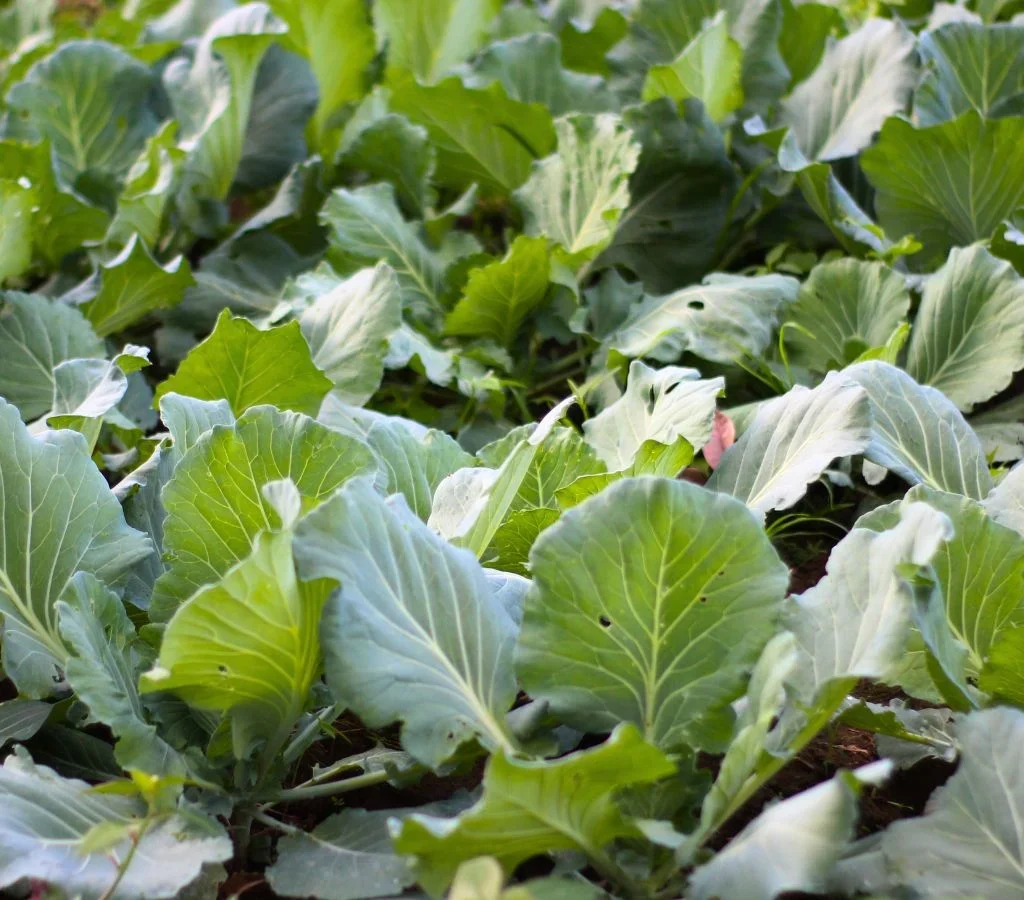
One of the best things about Chinese broccoli is that it’s easy to grow—even for beginner gardeners. It matures quickly, produces tender leaves, and can be harvested multiple times throughout the growing season.
a. Climate and Soil
Chinese broccoli prefers cool weather, thriving in temperatures between 55°F and 75°F.
It’s perfect for:
- Spring and fall gardens in northern states
- Winter growing in southern regions such as Florida, Texas, and Southern California
- Sunlight: Full sun to partial shade
- Soil: Well-drained, fertile soil rich in compost
- pH level: Between 6.0 and 7.0
b. Planting
You can start from seeds or transplants:
- Sow seeds ¼ inch deep, 2 inches apart in rows.
- Thin seedlings once they’re 3–4 inches tall, spacing plants 8–10 inches apart.
- Keep the soil consistently moist, but not waterlogged.
Chinese broccoli grows fast—expect to harvest in about 45–60 days after planting.
c. Harvesting
Harvest the young, tender stalks and leaves when the flower buds begin to form but before they fully bloom. The younger the plant, the sweeter the flavor.
d. Gardening Tip
For continuous harvest, stagger planting every two weeks. This ensures a steady supply of fresh greens throughout the season.
Chinese broccoli is also known for being resilient and pest-resistant, making it an excellent choice for home gardeners across America.
4. How to Cook Chinese Broccoli
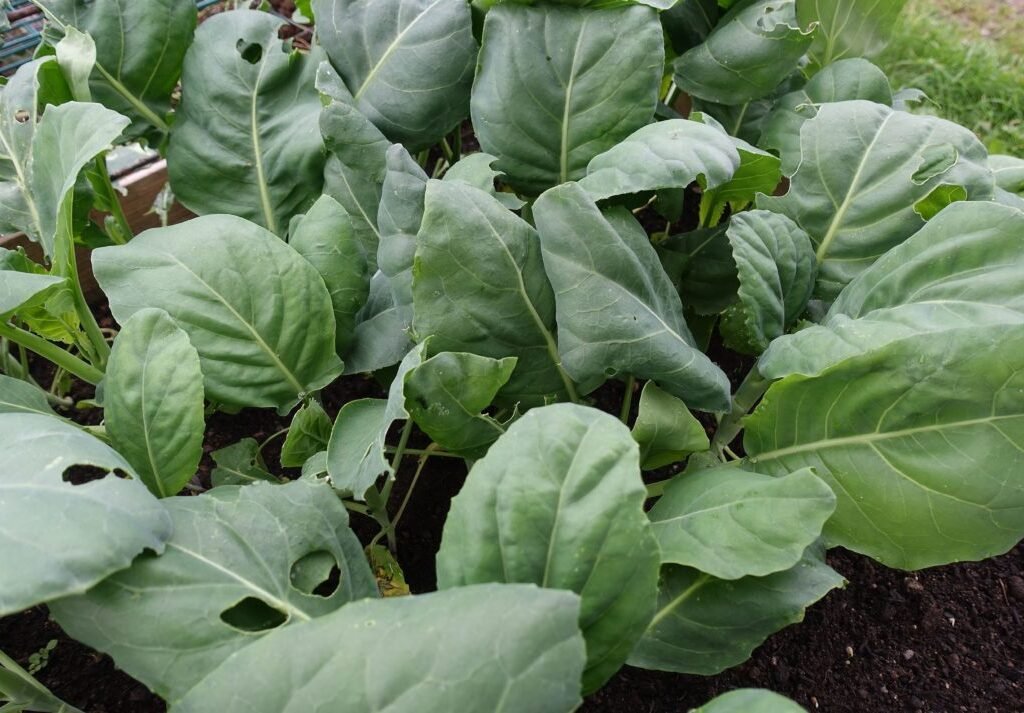
The best thing about Chinese broccoli? It’s delicious and cooks in minutes. Its tender stalks and flavorful leaves make it ideal for a variety of dishes—from Asian stir-fries to modern American salads.
a. Traditional Cooking Methods
- Stir-Fry: Quickly sauté Chinese broccoli in a wok or skillet with garlic, ginger, and soy or oyster sauce.
- Steam or Blanch: Lightly steam until tender-crisp and drizzle with sesame oil or oyster sauce.
- Grill or Roast: Toss with olive oil, salt, and pepper, then roast or grill until slightly charred for a smoky twist.
- Soup or Noodles: Add chopped gai lan to noodle soups, ramen, or pho for extra greens.
b. Creative American Twists
- Garlic Butter Gai Lan: Sauté in garlic and butter for a fusion-style side dish.
- Chinese Broccoli Caesar Salad: Use blanched gai lan instead of romaine, topped with Parmesan and lemon dressing.
- Pasta with Gai Lan and Olive Oil: Toss blanched Chinese broccoli with spaghetti, chili flakes, and olive oil for a quick Italian-Asian crossover.
- Gai Lan Power Bowl: Combine quinoa, roasted chickpeas, and steamed gai lan for a nutrient-packed lunch.
c. Quick Tip
To maintain its vibrant green color and crisp texture, don’t overcook Chinese broccoli—2–4 minutes of stir-frying or steaming is plenty.
5. Chinese Broccoli vs. Regular Broccoli
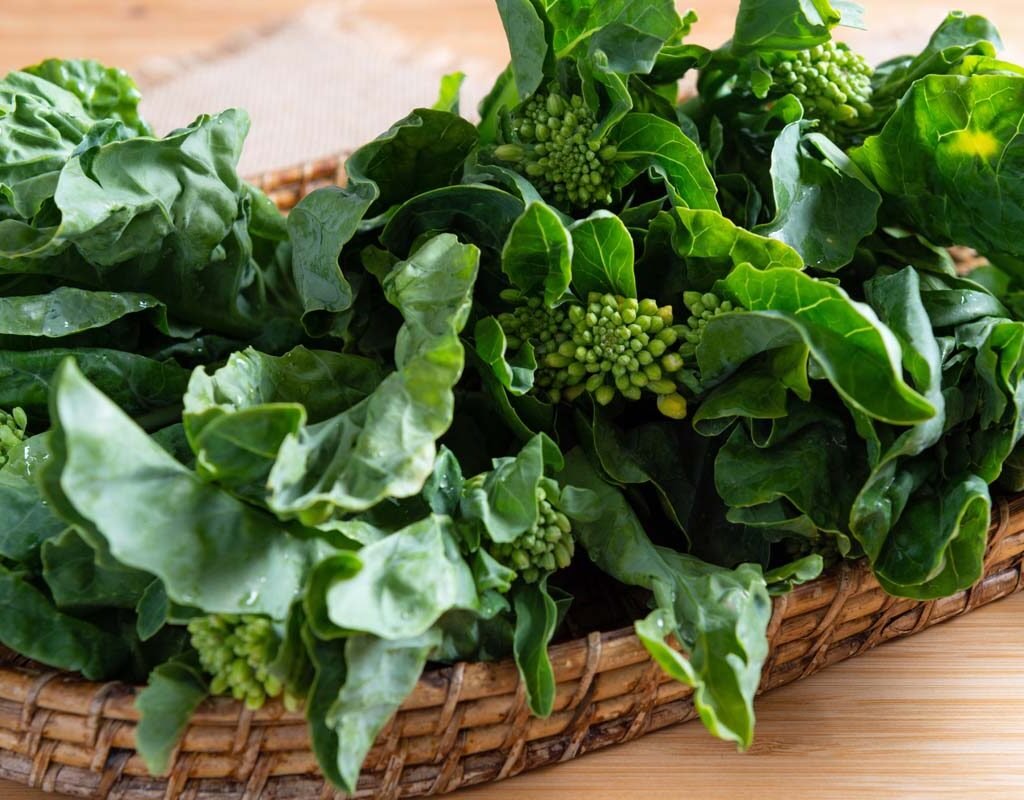
While they share a name, Chinese broccoli and regular broccoli are quite different in taste and texture.
| Feature | Chinese Broccoli (Gai Lan) | Regular Broccoli |
|---|---|---|
| Flavor | Earthy, slightly bitter | Mild, sweet |
| Texture | Tender leaves and stalks | Compact florets |
| Cooking Time | 2–4 minutes | 5–7 minutes |
| Culinary Use | Stir-fries, soups, noodles | Roasted, steamed, baked |
| Nutrition | High in iron, vitamin A, C, and K | High in fiber and vitamin C |
For Americans who love broccoli but crave more flavor variety, Chinese broccoli is the next step up—a deeper, more complex green with a satisfying bite.
6. Health Benefits: Backed by Science
Beyond taste and versatility, Chinese broccoli offers an impressive range of science-backed health benefits.
a. Strengthens the Immune System
Thanks to its high vitamin C and antioxidant levels, Chinese broccoli helps boost the immune system and fight infections.
b. Supports Bone and Joint Health
Loaded with calcium and vitamin K, it promotes strong bones and helps prevent osteoporosis—especially beneficial for women and older adults.
c. Aids Digestion and Detoxification
Its fiber and sulfur compounds support liver function and healthy digestion, aiding in natural detoxification.
d. Regulates Blood Sugar
Chinese broccoli’s low glycemic index and fiber content help stabilize blood sugar levels—ideal for those managing diabetes.
e. Reduces Inflammation
The plant’s glucosinolates and antioxidants have natural anti-inflammatory effects, supporting joint and heart health.
f. Promotes Healthy Skin and Eyes
With vitamins A and C working together, gai lan helps keep your skin glowing and your vision sharp.
Incorporating Chinese broccoli into your weekly meals is a simple, natural way to enhance your overall wellness.
7. Chinese Broccoli in American Cuisine and Markets
As Americans grow more adventurous with their food choices, Chinese broccoli is popping up everywhere—from local farmers’ markets to high-end restaurants.
You can find it:
- In Asian grocery stores like H Mart and 99 Ranch Market
- At farmers’ markets across California, New York, and Florida
- In mainstream supermarkets, often labeled as “Chinese kale” or “Asian broccoli”
Many farm-to-table restaurants now feature gai lan in fusion dishes—pairing it with grilled salmon, garlic butter sauces, or pasta. Even meal delivery kits are introducing it as a healthy side green.
For home cooks, it’s becoming a staple vegetable that adds both nutrition and flavor to everyday meals.
8. Sustainability and the Future of Gai Lan in America
Chinese broccoli isn’t just good for you—it’s good for the planet. It’s a low-maintenance, fast-growing crop that requires minimal pesticides and water. Because it grows well in small spaces and multiple climates, it’s a great choice for urban gardening and sustainable farming initiatives in the U.S.
As more Americans look for eco-friendly, homegrown produce, Chinese broccoli’s adaptability and nutritional benefits make it a top contender for the next big green in American agriculture.
Final Thoughts: Why Chinese Broccoli Deserves a Place on Your Plate
Crisp, flavorful, and nutrient-rich, Chinese broccoli brings the best of both worlds—Asian tradition and modern American wellness. It’s easy to grow, quick to cook, and endlessly versatile, making it the perfect green for today’s health-conscious, eco-friendly lifestyles.
Whether you’re a gardener planting your first crop, a home chef exploring new ingredients, or simply someone looking for healthier meals, Chinese broccoli is a green worth discovering.
So, next time you spot it at your local market, pick up a bunch and give it a try—you’ll quickly see why this humble Asian green is becoming America’s next big super vegetable.
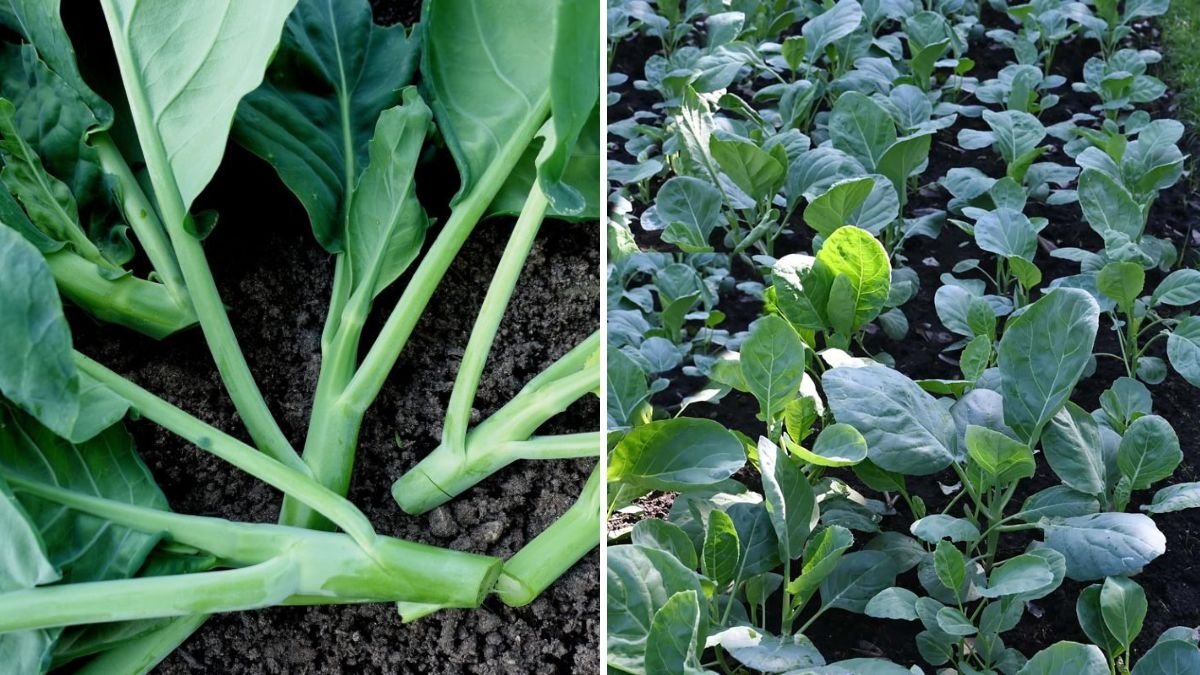





Leave A Comment